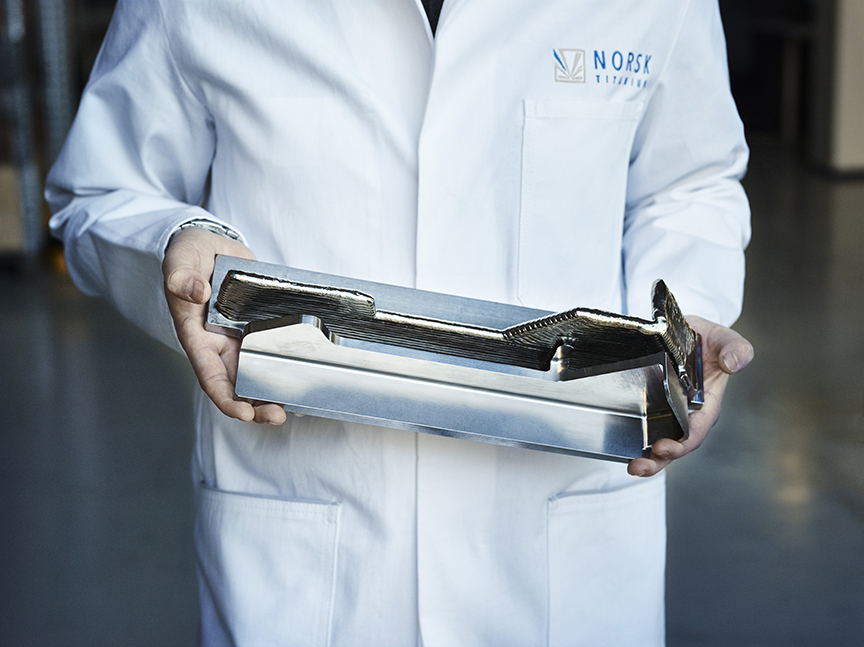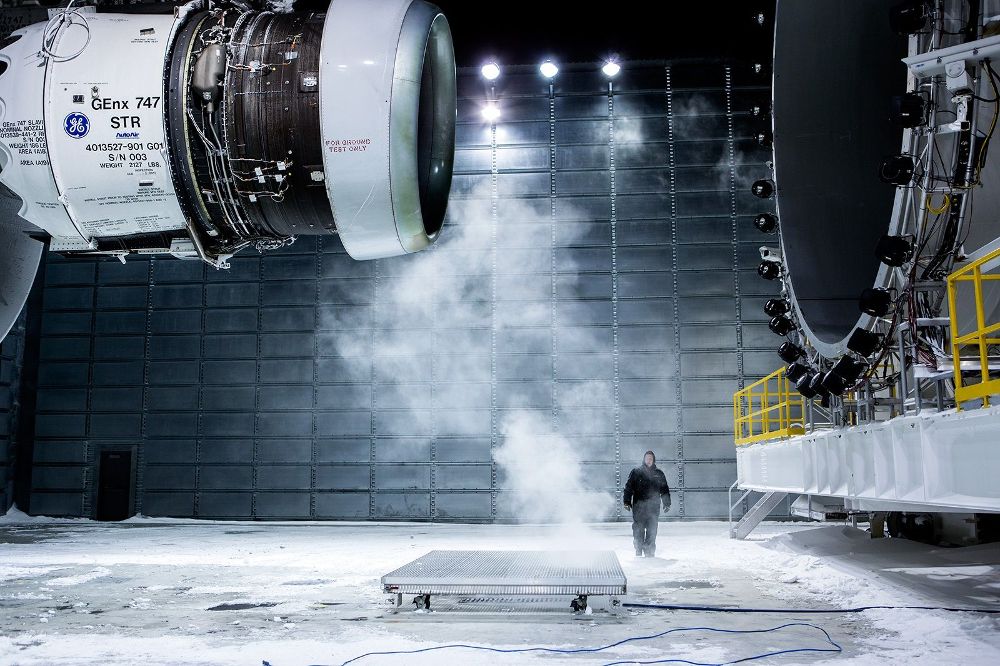Global engineering standards association SAE International has issued four new standards relating to laser powder bed fusion (LPBF) powered additive manufacturing.
The LPBF documents are specially designed to support the certification of metal 3D printed parts for use in aircraft and space exploration vehicles, and are officially supported by the Federal Aviation Administration (FAA).
David Alexander, Director of Aerospace Standards at SAE International, comments:
“…we are committed to supporting the aerospace industry’s adoption of additive manufacturing technologies,”
“Tremendous effort was expended by industry and regulatory stakeholders from North America, Europe and beyond to develop this initial suite of material and process specifications,”
In addition, “[the documents will] help address the regulatory authorities’ request for guidance material for this emerging technology.”
What the industry needs
Standards development is playing a pivotal role in a number of initiatives seeking to integrate additive manufacturing into existing production environments.
In April 2018, America Makes and the American National Standards Institute (ANSI) released a preliminary final draft of the AMSC Standardization Roadmap for Additive Manufacturing. Recently, SAE’s fellow technical standards organization ASTM International also announced the development of a standard practice outline for the use of powder bed fusion (PBF) technologies.
With these documents in place, manufacturers will be given important guidelines that will help to speed additively manufactured components’ time to market.

The first 3D printed, structurally supportive, titanium part to be used on Boeing 787 Dreamliner reached FAA Approval in February 2017 after years in development. Photo via Norsk Titanium
New aerospace additive manufacturing standards
SAE International describes the new LPBF metal 3D printing documents as “providing a framework to protect the integrity of material property data and provide traceability within the aerospace supply chain.”
The first of these standards is AMS7000 – a specification that covers a corrosion and heat-resistant nickel alloy.
AMS7001 specifies a corrosion and heat-resistant nickel alloy in the form of pre-alloyed powder.
AMS7002 details the process requirements for producing aerospace-grade metal powders.
And AMS7003, the last of the new standards, relates to process controls for the repeatable production of aerospace parts by Laser Powder Bed Fusion.
In total, over 350 aerospace industry stakeholders participated in the creation of these documents, including engine OEMs, material suppliers, operators, equipment/system suppliers.
Alexander adds, “SAE looks forward to assisting with the migration from point design to material qualification by continuing to develop additive manufacturing aerospace material and process documents containing statistically validated specification minimum values.”

Testing of the GEnX series engine that contains 3D printed parts. Photo via GE
Stay up to date on standards progress – subscribe to the 3D Printing Industry newsletter, follow us on Twitter and like us on Facebook.
Sign up to 3D Printing Jobs to post and find new opportunities near you.
Featured images shows laser powder bed fusion (LPBF) 3D printing in an EOS machine. Photo via EOS
